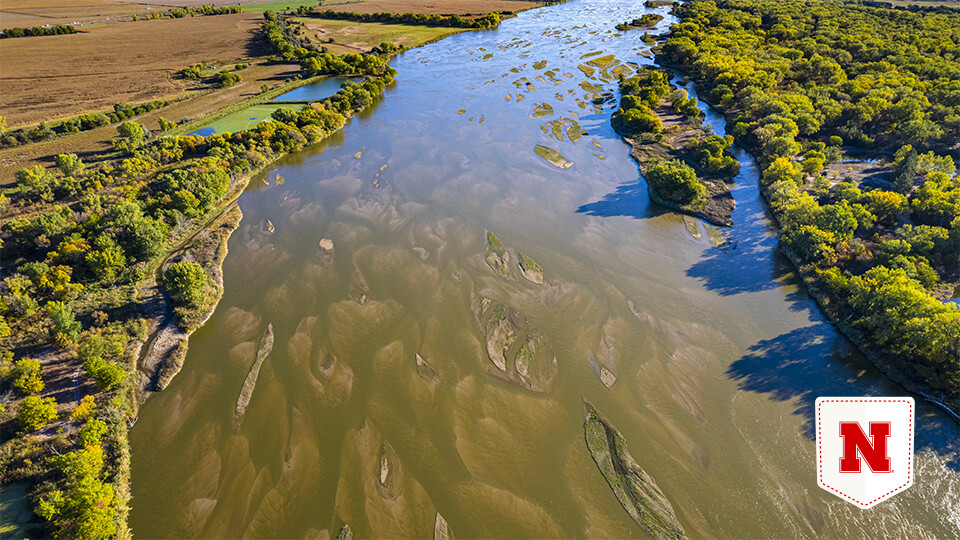
by Scott Schrage | University Communication and Marketing
Pocket Science: Exploring the 'What,' 'So what' and 'Now what' of Husker research
Welcome to Pocket Science: a glimpse at recent research from Husker scientists and engineers. For those who want to quickly learn the “What,” “So what” and “Now what” of Husker research.
What?
Though planting the eastern redcedar tree in grasslands often began as an effort to establish windbreaks against dangerous gusts and detrimental erosion, the woody vegetation has since spread well beyond those shelterbelt origins. In the past 20 years, Nebraska has seen the planting and expansion of more eastern redcedar than almost any other state. Even the Nebraska Sandhills, a semiarid region once thought too dry for eastern redcedar, has experienced a 30-fold increase in the tree’s presence over the past two decades.
Much of the concern over redcedar encroachment stems from the fact that it transforms native wildlife habitat, reduces the forage on which livestock depends, and multiplies the risks of uncontrollable wildfire. Less attention has focused on how the encroachment of eastern redcedar — whose thirsty roots may plunge as deep as 25 feet — could curb the quantity and possibly the quality of Nebraska’s water.
So what?
Relying on a combination of historical water data and model-based simulations, Aaron Mittelstet, Troy Gilmore, and four Husker colleagues examined how further redcedar encroachment in the Sandhills might influence the state’s future water supply.
The team first analyzed the Upper Middle Loup watershed, at the heart of the Sandhills, where redcedar currently covers less than 1% of grasslands. If redcedar coverage increased to even 12%, the researchers concluded, the streamflow of the Upper Middle Loup River might decrease by nearly 5%. If that redcedar coverage were to reach 41%, streamflow could be reduced by 24%; at 100% encroachment, it might diminish by up to 47%.
Read the rest of the story and view graphics at:
More details at: https://news.unl.edu/newsrooms/today/article/spread-of-redcedar-tree-may-threaten-quantity-quality-of-nebraska-s-water/